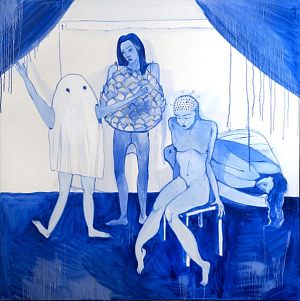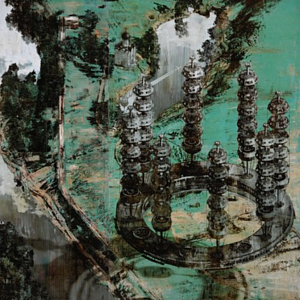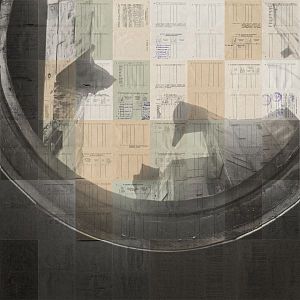Damir Muratov
Somewhere
Traveling through Europe, Asia and even Africa, you can be surprised to see the preserved remnants of ancient culture, whose influence and greatness can hardly be overestimated even today. The ruins of classical temples, semicircular amphitheaters, not to mention sculptures, columns, mosaics and other recognizable distinctive attributes of ancient civilization found everywhere, make one wonder how extensive the influence of the Greek polis was first, and then the Roman Empire, which legitimized it by annexing new territories. And even after its fall "on the sidelines" of this huge state, local cultures continued to follow the rules introduced, assimilating them into their own heritage. As a result, a completely new artistic language was born, characteristic only for a particular region. Most often, he followed this principle: the basis was the ancient canon, which "took root" in the already existing local traditions.
Centuries passed, empires were replaced by one another; Byzantium, which became the heir of Ancient Rome, passed the baton to Russia, which enthusiastically accepted the concept put forward in the 15th century - "Moscow is the Third Rome." This continuity was not limited to only one theory, which was approved at a high level, but also penetrated into the depths of Russian culture, changing over the course of history.
Damir Muratov, in his new project "Somewhere", reflects on the viability of provincial fragments of the once-existing "Soviet empire". Just as on the borders of Ancient Rome, remote from the center, local cultures absorbed the gloss of metropolitan art, subordinating it to their tastes and traditions, the artist also shows the non-existent reality of the surrounding territories, the state he invented. In this myth-making, the main characters are not real people, but ghosts and shadows of former pioneers who are forever stuck in a happy nostalgic childhood. They swing on swings, go down slides, ride on carousels. The landscape around them is appropriate: the entrances of the houses look more like the facades of ancient temples, shop signs are full of Latin aphorisms, and the communications of the heating main harmoniously form a kind of triumphal arch.
Thus, a reality of its own, unlike anything else around, is born. And her artistic language is a kind of symbiosis of classical and provincial art, embodied in everyday life. And here we can talk not only about geographical boundaries. As Rome first absorbed the best of Greek culture, changing the ideological concept, but leaving formal signs; as Byzantium took Rome as its artistic landmark, rejecting the ideological component; so Russia looked at Byzantium, trying to observe stylistic features, but changing the political perspective. Obeying this movement, art also changed. The reality presented by Damir Muratov shows us recognizable elements of classical art that acquire a completely different meaning in the context of the very environment that created them. Landscapes "Somewhere" are both concrete and abstract, frozen in their oxymoristic existence.


 Open Studios
Open Studios Free of Charge
Free of Charge  Starts at 10:00
Starts at 10:00 

 Free
Free 
